F-35 aircraft have successfully passed target data off to Typhoon jets who then successfully engaged the target during Exercise Red Flag.
The F-35 is designed to share what it sees with legacy aircraft. The US Air Force state that the lethality of the aircraft comes from ‘a combination of stealth, electronic attack, information sharing, and other features make the platform an invaluable part of a modern air-strike package.’
Col. George Watkins, 34th Fighter Squadron commander said:
“Our strength with the F-35 has been finding the threats.
We use our onboard system to geo-locate and get a picture of the target, day or night, through the weather. We pass that threat information to others while using our stealth capability. We can get a lot closer to the advanced threat than anyone else can get.
That allows us to target them out and take out critical assets.”
Lt. Col. Dave DeAngelis, F-35 pilot and commander of the 419th Operations Group said:
“During one scenario, the Airmen were given a general location by advanced intelligence, surveillance and reconnaissance aircraft. The F-35s were tasked with finding a convoy carrying a high-value target.
The F-35s advanced targeting capabilities were able to pinpoint the convoy’s location. They then communicated that to British Typhoon fighters who took out the target.
The thing that’s great about having Link 16 and MADL onboard and the sensor fusion is the amount of situational awareness the pilot has. I’m able to directly communicate with specific formations and I can see the whole war, and where all the other players are, from a God’s-eye view. That makes me a lot more effective because I know who to talk with and at what times, over the secure voice.”
The F-35 uses the Link 16 secure architecture to communicate with fourth-generation aircraft in the Red Flag fight and combined with the Multifunction Advanced Data Link, which allows pilots to see the battlespace and share that data with other F-35 pilots.
Using the F-35 as a broad area sensor can also significantly increase a warships ability to detect, track and engage a target.
An unmodified US Marine Corps F-35B from the Marine Operational Test and Evaluation Squadron, based in Edwards Air Force Base, acted as an elevated sensor to detect an over-the-horizon threat.
The aircraft then sent data through its Multi-Function Advanced Data Link to a ground station connected to USS Desert Ship, a land-based launch facility designed to simulate a ship at sea.
Using the latest Aegis Weapon System Baseline 9.C1 and a Standard Missile 6, the system successfully detected and engaged the target.
The exercise was the first live fire missile event that successfully demonstrated the integration of the F-35 to support Naval Integrated Fire Control-Counter Air and represent a very promising exploration into the interoperability of the F-35B with other naval assets.
The F-35 will drastically increase the situational awareness of the forces with which it will deploy and for the UK, where deployed numbers may be a concern, it represents a fantastic way to enhance combat capability in any coalition or national effort.


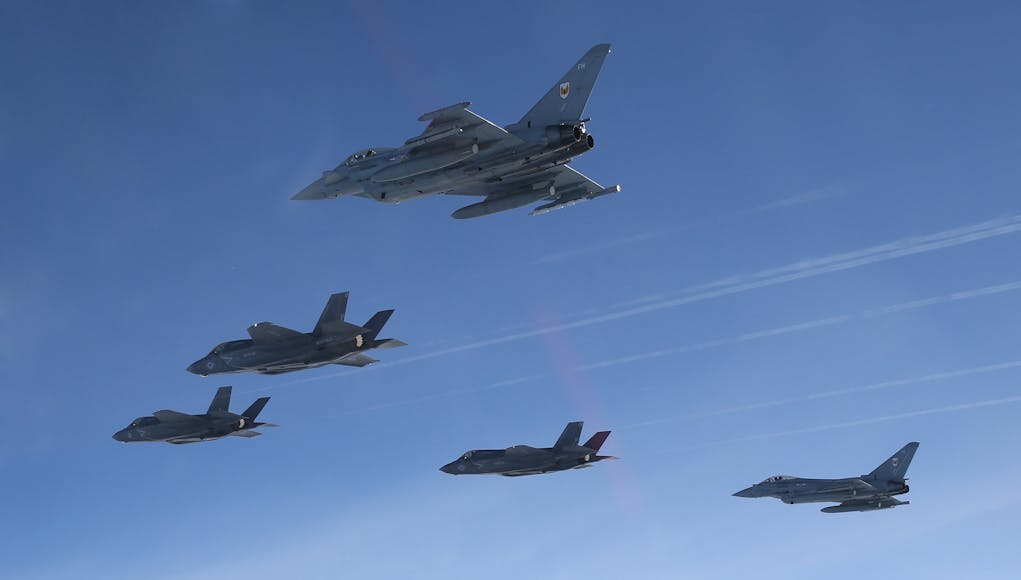

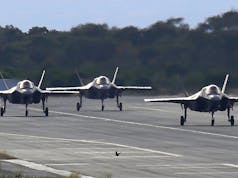
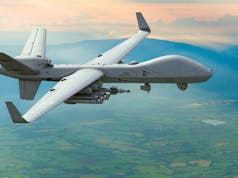
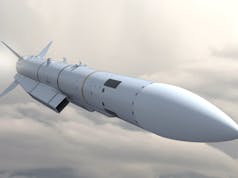

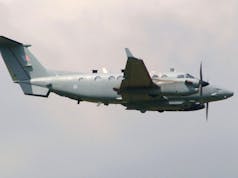

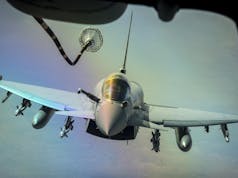



Unfortunately for us ‘deployed numbers’ will always be a concern….
Sharing the location of a Toyota pick-up hardly demonstrates that $1.5 trillion already consumed, has been well spent. Suppressing an S-400 Growler SAM battery, now that would be an achievement.
If you think that the f-35 program has cost $1.5 trillion to date then you have very bad information.
Last numbers I saw about 6 months ago put the current cost to date of development and production of around 200 airframes at about $56 billion IIRC.
By some accoounting the whole US program of about 2,400 produced aircraft with all ongoing support, upgrade, operation and personnel costs out until 2065 will be $1.5 trillion. This is where that number comes from. But the same report also stated that the cost of sustaining the 4 different aircraft types the f-35 replaces out until 2065 will be around $4 trillion.
I highly recommend searching ‘F-35 Lightning II: Busting Myths – Episode 2 ‘ on youtube and watching from the 8.35 mark for more information on this. The whole series is very good and was put together by f-16.net forum users that include many serving and veteran personnel and aviation engineers.
If we get the funding to upgrade the Typhoon’s Captor radar to the Captor-E AESA version then the Typhoon is going to have a best-of-class radar in its own right, probably just as capable as the F-35 radar and maybe even slightly better, although of course the F35 has all the data fusion with its other on-board sensors and with off-board sensors from other F35s which gives F35 the overall advantage re total sensor picture.